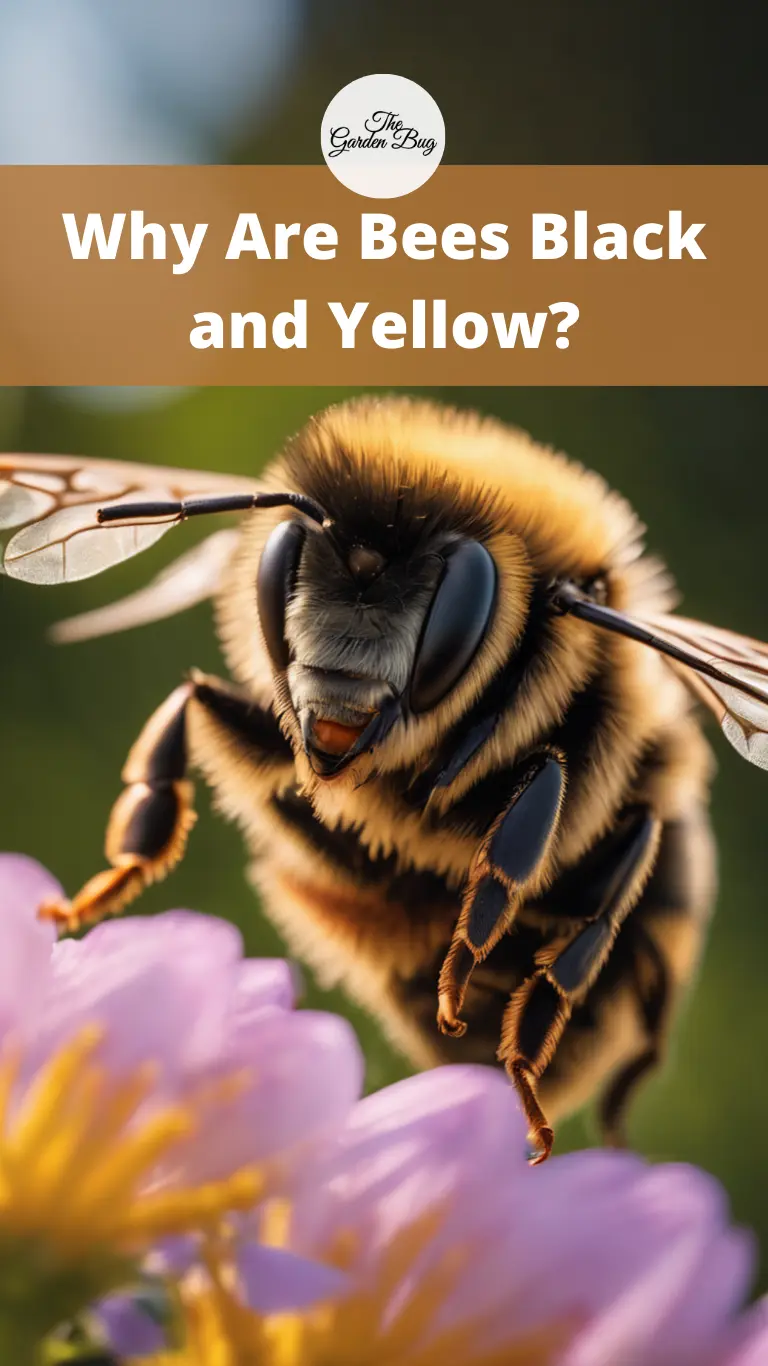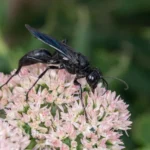Welcome to the buzzing world of bees! These hardworking insects are famous for their sweet honey, but there’s much more to them. Black and yellow, small yet powerful, bees play a critical role in our ecosystem. But have you ever wondered why bees are black and yellow? Let’s explore this.
About Bees and Their Anatomy
Bees are amazing creatures. Their bodies are split into three sections: the head, thorax, and abdomen. The head is where you’ll find the eyes, antennae, and mouth. The thorax, or middle section, is the power hub, housing the wings and legs. The abdomen, the last section, is where the honey-making magic happens for worker bees.
A bee’s body is covered in tiny hairs. Some of these hairs are dark, giving the bee its black color. The famous yellow stripes? They’re on the abdomen. Not all bees have them, but when they do, they stand out against the black. But why black and yellow? Let’s dive deeper in the next section.
The Significance of Coloration in Bees
Let’s take a step back and look at the bigger picture. Why are colors important for bees? Well, in nature, colors often serve a purpose. They can help animals camouflage, scare off predators, attract mates, or communicate with each other.
For bees, their distinctive colors have a vital role. They act as a warning. Many bees can sting to defend themselves, and their bright colors are like a sign saying, “Stay back, or you’ll regret it!”. This kind of coloration is known as aposematism, and it’s quite common in nature.
Why Bees Are Black and Yellow
So, why are bees specifically black and yellow? There’s no definite answer, but scientists have some theories. The combination of black and yellow is very noticeable, even from a distance. This makes it a good choice for a warning signal. Also, many animals associate bright colors with danger or poison, so they tend to avoid brightly colored creatures, including our buzzing friends, the bees.
Another theory is that the yellow bands break up the bee’s body outline, making it harder for predators to recognize them as a meal. This is called disruptive coloration, and it’s another handy trick of nature!
In conclusion, while we can’t be 100% sure why bees are black and yellow, it’s likely for protection. Their distinctive colors warn off potential predators, helping these little guys to go about their important work in peace.
Other Types of Bees and Their Colors
Bees come in many shapes and sizes. And just like that, they come in many colors, too! Not all bees are black and yellow. Some are almost entirely black, like the carpenter bees. Others might have white, orange, or even green and blue shades, like the beautiful orchard bees and sweat bees. Nature is quite the artist, isn’t it?
Why so many colors? Well, just like with black and yellow bees, these colors may also serve as warning signals or camouflage. The variety of colors also helps different species of bees recognize each other. So, in the end, whether a bee is black, yellow, blue, or green, its colors help it survive and thrive.
Conclusion
Bees, with their colorful bodies and buzzing wings, are fascinating creatures. Their colors, whether black and yellow or any other combination, are not just for show. They play a crucial role in their survival. From serving as a warning to predators to helping them recognize their kin, each color in their tiny bodies has a purpose. Next time you see a bee buzzing around your garden, take a moment to appreciate its vibrant colors and remember the vital role these little creatures play in our world. Just remember to admire them from a distance!



